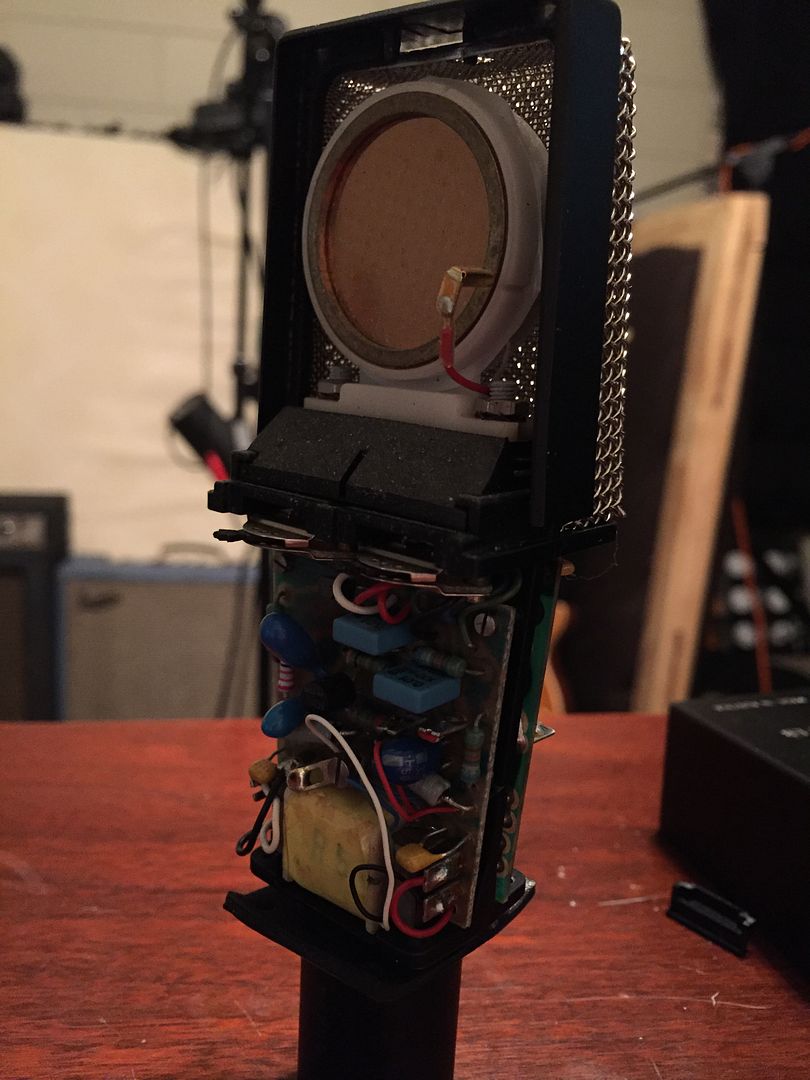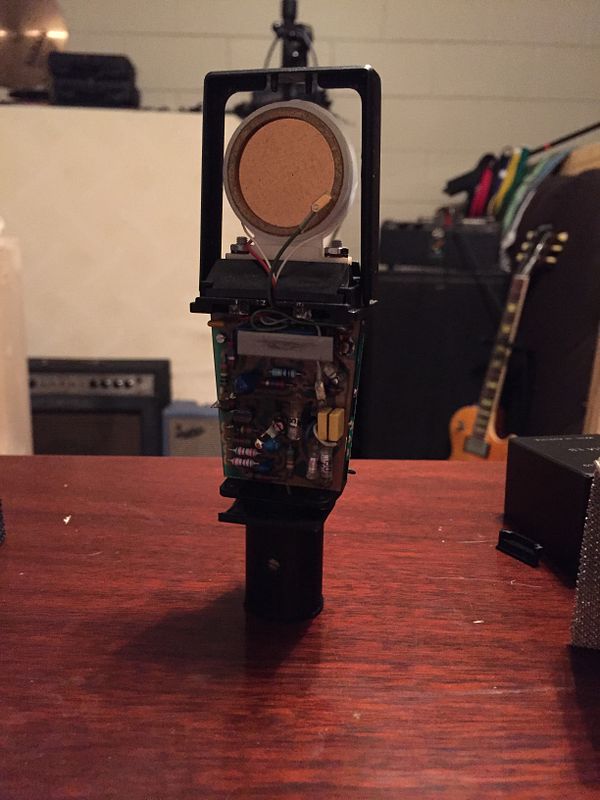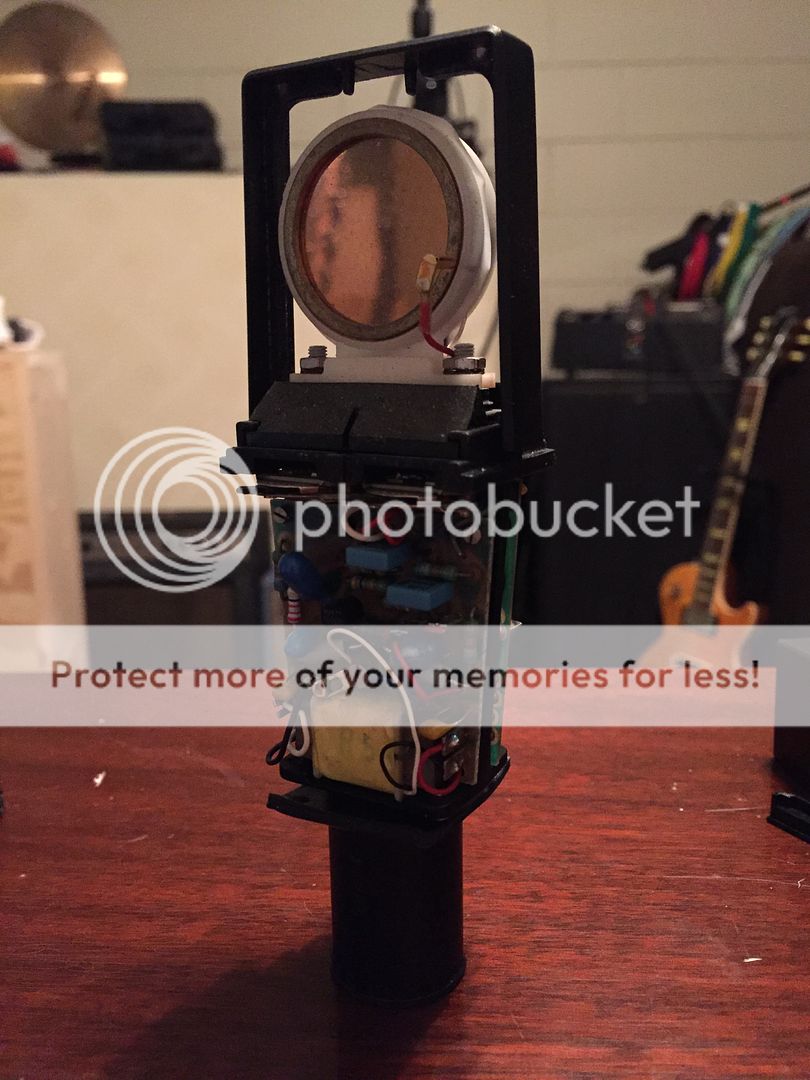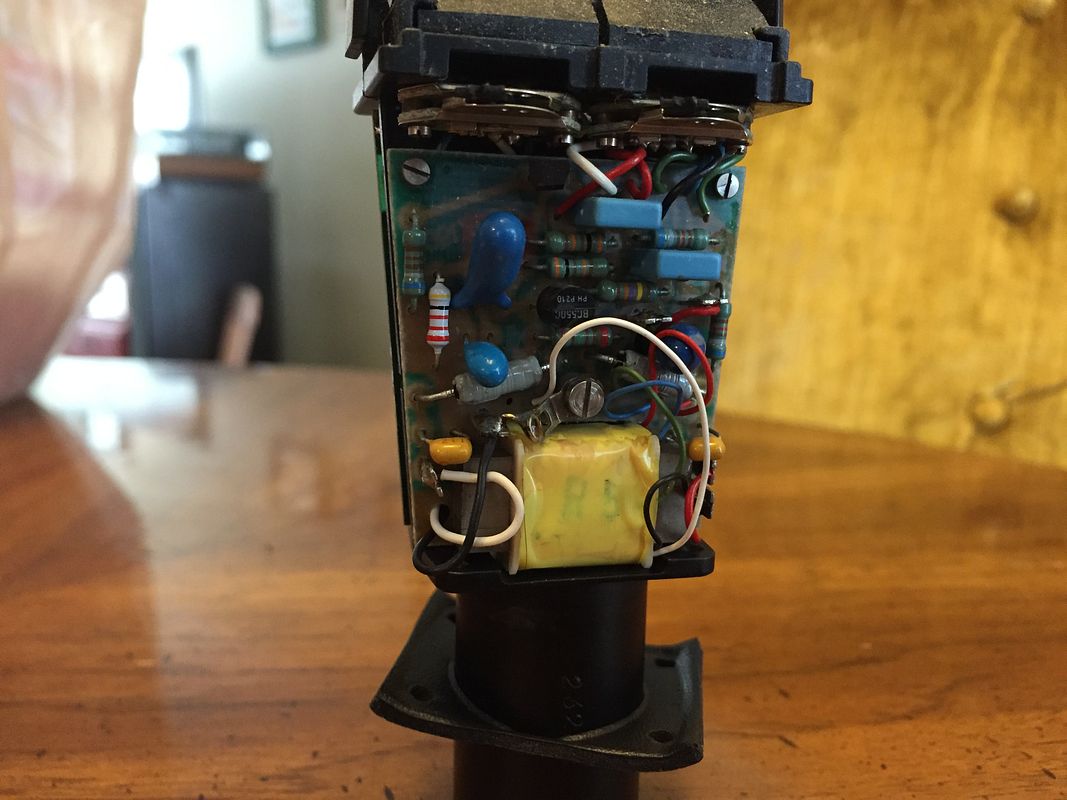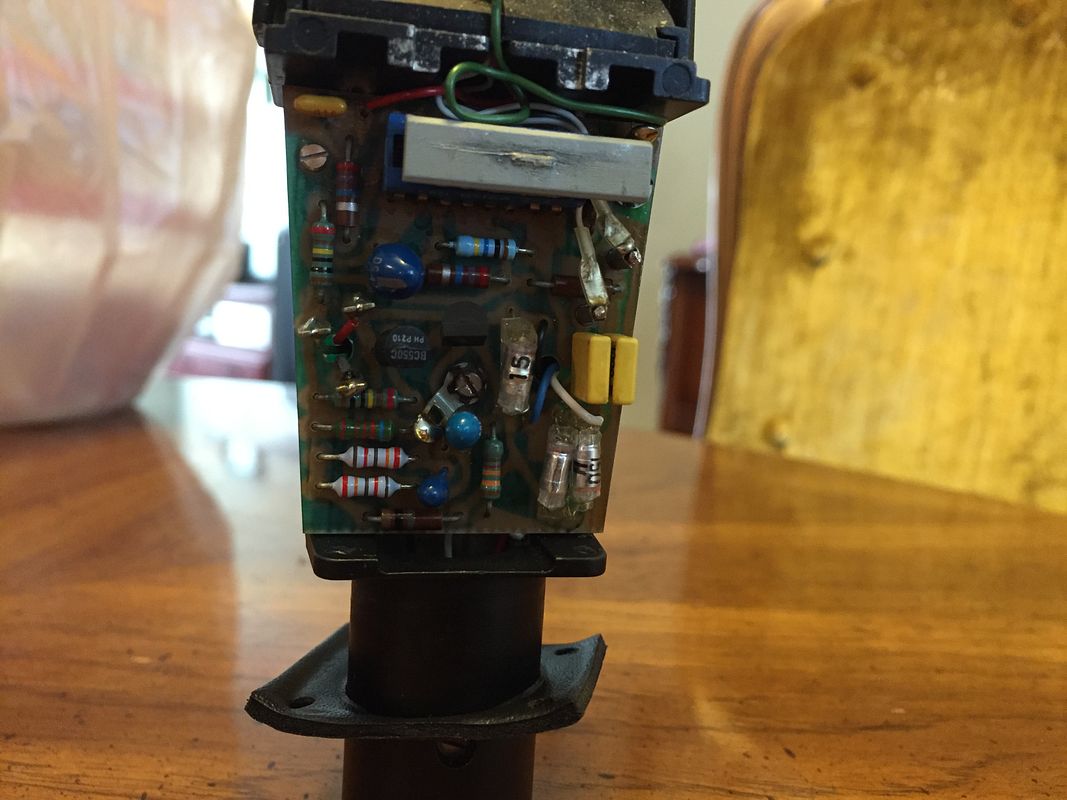rockinrob86
Well-known member
I am working on one of these, and it has lower than expected gain and higher than acceptable noise, but otherwise sounds pretty nice.
I checked the ohms from pin 2 to 3, and am seeing 50 ohms. I have identified all of the tant caps, and made a cart in mouser. I have also measured the resistors in circuit, and am seeing some anomalies:
R2 - 113K ohms (barely in spec, will change)
R3 - 113K ohms (barely in spec, will change)
R4 - 500k (due to transistor? I can't ever identify the circuits that cause resistors to measure incorrectly)
R10 & R11 - 250K
R20 - 8M
I can tell someone has worked on it before because there are metal film resistors in some of the places, and I haven't checked out the cleanliness of the boards on the backside (was going to take it apart when I get my parts in so I don't have to go a couple weeks between taking it apart and putting it back together)
Sound like I'm on the right track? I did some searching and there is a thread with a similar problem, but that transformer tested open
I checked the ohms from pin 2 to 3, and am seeing 50 ohms. I have identified all of the tant caps, and made a cart in mouser. I have also measured the resistors in circuit, and am seeing some anomalies:
R2 - 113K ohms (barely in spec, will change)
R3 - 113K ohms (barely in spec, will change)
R4 - 500k (due to transistor? I can't ever identify the circuits that cause resistors to measure incorrectly)
R10 & R11 - 250K
R20 - 8M
I can tell someone has worked on it before because there are metal film resistors in some of the places, and I haven't checked out the cleanliness of the boards on the backside (was going to take it apart when I get my parts in so I don't have to go a couple weeks between taking it apart and putting it back together)
Sound like I'm on the right track? I did some searching and there is a thread with a similar problem, but that transformer tested open



